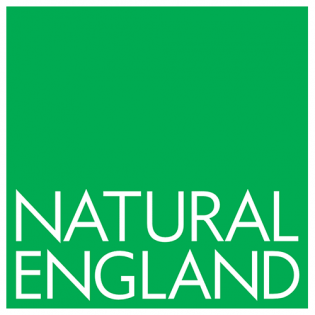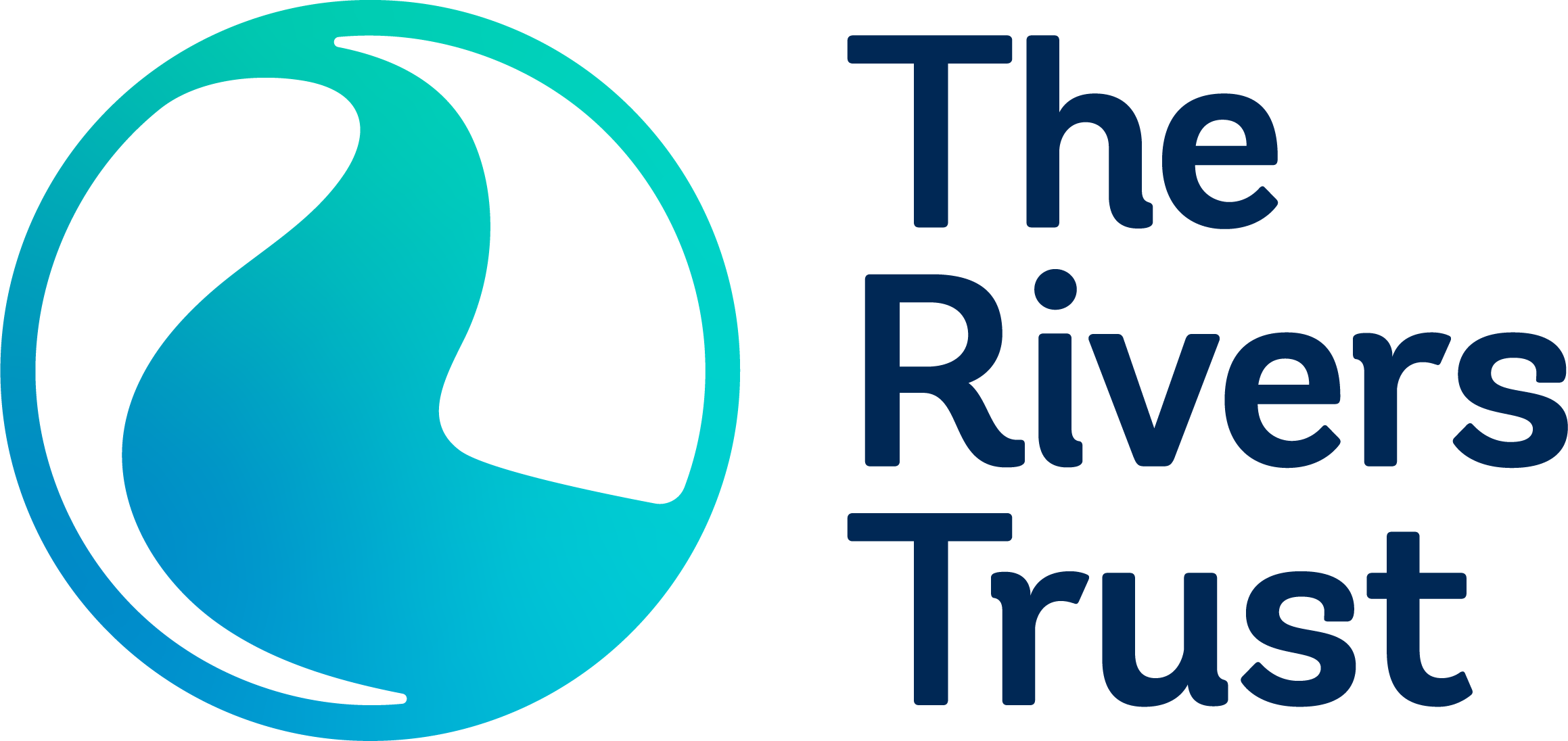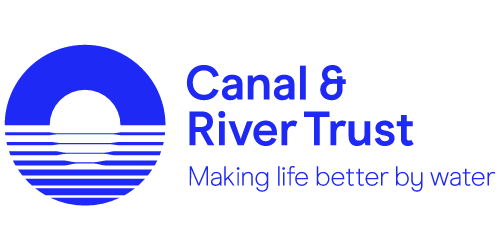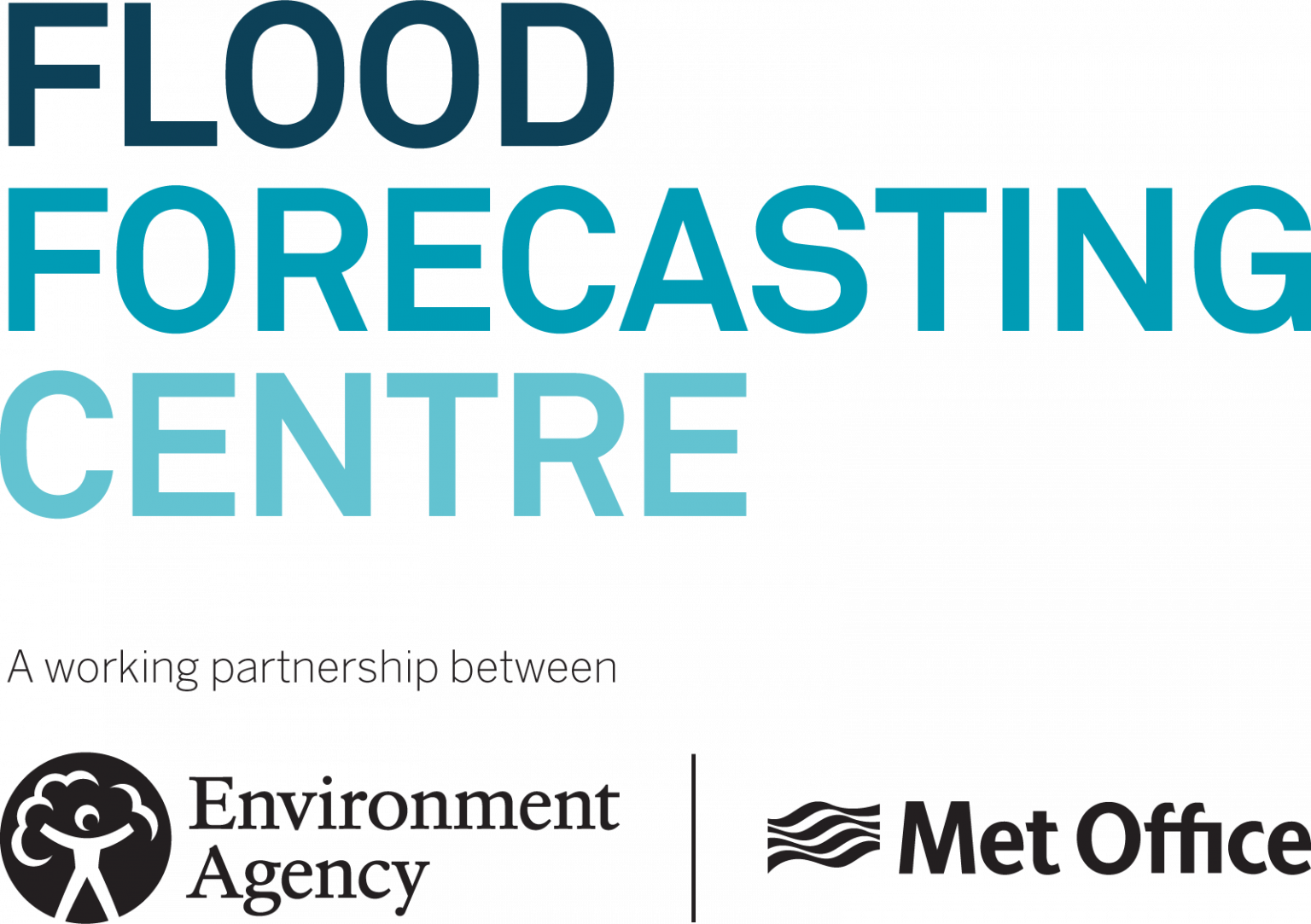The Government, Regulators & Public Bodies
Learn about who controls, governs and monitors water in England…
Key Governmental and Public Authorities:
Founded in 2001, DEFRA is a governmental department which is responsible for improving and protecting the environment.
Key Duties:
- To improve the environment through 'cleaner air and water, minimise waste, and thriving plant and terrestrial and marine wildlife.'
- Reduce greenhouse gas emissions and increase carbon storage.
- To reduce the likelihood and impacts of flooding and coastal erosion on people, businesses and the environment.
- Increase sustainability and productivity in the agricultural, fishing, food and drink industries.
- To increase biosecurity and animal welfare standards.
Key People:
- Secretary of State: Steve Barclay (Nov 2023)

Founded in 1996 under the Environmental Act of 1995, the non-departmental public body is responsible for protecting and improving the environment.
Key Duties:
- Help people and wildlife adapt to climate change.
- Reduce the impacts of climate change, impacts such as flooding and drought.
- Improve water, land and air quality by tackling pollution.
- To help businesses comply with environmental regulations.
Key People:
- Chair: Alan Lovell (July 2022)
- Chief Executive: Philip Duffy (May 2023)
Established in 2006, Natural England is an executive non-departmental public body supported by DEFRA. Their purpose is to contribute to sustainable development by helping protect, conserve and restore the natural environment for future generations.
Key Duties:
- Building a managed Nature Recovery Network.
- Connecting people to the natural environment.
- Contributing to tackling climate change and environmental hazards through nature based solutions.
- Improving the natural resources needed for economic growth, healthy food systems and thriving communities.
- Use science and an evidence based approach to achieve nature recovery.
- Delivering excellent service standards to all partners and commuities to achieve nature recovery.
Key People:
- Chair: Dr Tony Juniper CBE (April 2019)
- Chief Executive: Marian Spain (May 2020)
- Chief Scientist: Dr Tim Hill (April 2011)

Founded in 1997, the committee monitors and audits how public bodies (governmental and non-departmental) contributes to environmental protection.
Key Duties:
- Monitor how public bodies contribute to environmental protection.
- Consider the extent to which public bodies contribute to sustainable development.
- Audits public bodies performance again their sustainable development and environmental protection targets.
Key People:
- Chair: Philip Dune (January 2020)

The DWI formed in 1990 to regulate drinking water in England and Wales.
Key Duties:
- Technically audits water companies' operating practices
- Inspects water through water sampling, assessing water treatment and its distribution.
- Investigates incidents impacting drinking water quality.
- Assesses drinking water against regulations.
- Develops drinking water policies and regulations.
- Audits how water companies operate
- Overseeing water quality research programmes and scientific evidence.
Key People:
- Chief Inspector: Marcus Rink
- Deputy Chief Inspector: Laura Moss
Ofwat was established in 1989 and is the economic regulator of the water and sewage sectors in England.
Key Duties:
- Protect the interest of consumers by promoting competition between water companies.
- Ensure that water companies are providing sufficient service to consumers.
- Ensure that water companies can fund and profit their functions.
Key People:
- Chair: Iain Coucher (July 2022)
- Chief Executive: David Black (April 2022)

Formed in 2005, the CCW is a non-departmental public body sponsored by DEFRA. They are an independent voice for water and sewage customers in England and Wales.
Key Duties:
- To provide water customers with free advice and support surrounding their water and sewage issues.
- To resolve customer complaints against water companies.
- To support any claim with extensive research to prsent the interest of consumer.
- To influence water companies, governments and regulators.
Key People:
- Chair: Robert Light (June 2019)
- Chief Executive: Emma Clancy (July 2020)

Key Environmental Protection Organisations:
Established in 1998, Water UK is an independent organisation that provides a single voice for the UK water industry. They are funded by their own members.
Key Duties:
- Represents the UK water industry to help ensure customers gain high quality tap water which is priced appropriately by working with water companies.
- Ensures that the environment is protected and improved.
- Works with the government, NGOs and regulators on innovative policies.
Key People:
- Chair: Ruth Kelly (March 2023)
- Chief Executive: David Henderson (February 2023)
Launching in 2001, the Rivers Trust are conservation experts that represent catchments across England and Wales, relying on donations, projects and partners for funding.
Key Duties:
- Protect, restore and enhance rivers using trusted expertise, reach and resources.
- To support everyone working to improve river environments by providing the best evidence and data as conservation experts.
- To connect with the community and share their knowledge.
- To educate others on rivers and catchments through educational resources and sessions.
Key People:
- President: Ian Gregg OBE (2001)
- Chair: Jonathan White (July 2016)


Established in 2012, the CRT is the largest waterway charity within the UK. They care and protect 2, 000 miles of canals and rivers across the UK.
Key Duties:
- To care for Sites of Scientific Interest, providing habitats for threatened wildlife.
- To care for England's historic canals and rivers through maintenance and improvements.
- Making sure the waterways are accessible and safe for everyone.
- Provides education to the public and children on the protection of England's nature.
Key People:
- Chair: David Orr CBE (August 2022)
- Chief Executive: Richard Parry (July 2013)
Founded in 2021, the non-departmental public body was created to help protect and improve the environment by holding governmental and public authorities accountable. They are sponsored by DEFRA.
Key Duties:
- To monitor, assess and report on government progress targets and plans on improving the environment.
- To scritinise any environmental law proposed and report on any in order to present them to parliment.
- Proposes advise on changes to environmental law by drafting proposals for future legislation.
- Enforcing against faliures to comply with environmental law.
Key People:
- Chair: Dame Glenys Stacey (January 2021)
- Chair: Natalie Prosser (April 2022)

Key Weather, Flood and Environmental Reporters:

Founded in 1854, the Met Office is the national meteorology service for the UK. Providing weather services and climate science for all under the Department for Science, Innovation and Technology (DSIT).
Key Duties:
- Delivering accurate weather forcasts.
- Delivering accurate climate science to help people stay safe and thrive.
- Provide predictions for the ocean, pollution dispersion and spread of diseases.
Key People:
- Chair: Rob Woodward (July 2018)
- Chief Executive: Professor Penelope Endersby (Nov 2018)
- Chief of Science and Technology: Stephen Belcher (Dec 2016)
Established in 2009 and funded by DEFRA, the FFC is a team which provides data and forecasts on all natural forms of flooding to flood responders. the Environment Agency and Natural Resources Wales.
Key Duties:
- Provides a daily Flood Guidance Statement (FGS) which is a flood risk summary for the following 5 days for Category 1 and 2 responders.
- Provides a 5 day flooding forecast for the public.
- Issues a Flood Outlook service that displays the likelihood of a flood event in the coming months.
- Develops API's (Application Programming Interface) for developers to use.
- Supplies specialist hydrometeorological services for the EA and NRW.
Key People:
- Head of Centre: Russell Turner (May 2023)


An independent, non-for-profit research institute formed in 2000 that investigates, monitors and models environmental change across water, land and air.
Key Duties:
- Models and monitors species to inform UK and global policies.
- Assist policy makers and environment agencies to develop clean air strategies.
- Monitors and models water resources to aid communities and governments for the future.
- To scientifically research into land, water and air to improve future forcasting.
Key People:
- Chief Executive: Dr Stuart Wainwright OBE (June 2023)
- Chair: Lord Cameron of Dillington (2018)
Legislation and Frameworks:
Read the summaries of legislation and frameworks that govern the use, the supply and the conservation of water.
1989
1989
This act provided the establishment and duties of the National Rivers Authority which regulated the water environment in England. It also enforced the privatisation of water.
1991
1991
The act replaces the 1989 Water Act. The act details the duties of the Director General of Water Services (Ofwat), the appointment and duties of water and sewage companies across England and Wales, and the financial provisions for operating them. It also details the ability to prosecute water companies for sewage offences.
1991
This act brought in the regulation of water resources, quality, pollution and flood defences. It also set out guidance concerning offences to water such as discharge consents.
1994
1994
This regulation aims to protect the environment from the effects of untreated urban wastewater. The regulations include these requirements:
- Creating systems to collect wastewater from urban ‘agglomerations’ meaning towns and cities.
- Secondary treatment of collected wastewater
- Identification of sensitive areas such as those at risk of eutrophication
- More treatment of wastewater discharges into sensitive areas
They also require DEFRA to report on the following:
- Publish a situation report on the disposal of wastewater and sludge
- Assess compliance with these regulations in each wastewater works
- Publish a report on the level of compliance, non-compliance issues and proposed measures to improve these.
1995
1995
This act abolished the National Rivers Authority which was established in 1989. It then founded several government agencies including, the Environment Agency.
1997
Windfall Tax
1997
The windfall tax is a one-off tax that the Government imposes on a privatised utility company such as water companies who have been deemed to have made unreasonably high profits.
1999
1999
This regulation set out the requirements for water fitting installations for the provisions of preventing contamination and water waste by a water ‘undertaker’ or company.
2003
2003
The Water Act 2003 amended the Water Resources Act 1991 and the Water Industry Act 1991, established Ofwat and the Consumer Council for Water, and introduced new measures to protect water resources, prevent flooding, and deal with water pollution.
2006
2006
These measures set out the guidance for water companies in a case of an attack on water and sewage systems within England.
2008
2008
These regulations set out the standards that water and sewage undertakers must meet for all customers. If the standards are not met, customers are entitled to a payment.
The standards include; making appointments, keeping appointments, responding to complaints, account queries and payment arrangements, a notice of supply interruptions, notice of supply cuts, notice of low pressure, payment for internal and external sewer flooding.
2009
2009
The RBMPs are a legal plans which set out the environmental objectives for managing and improving the challenges that may threaten the water environment for the eight river basins within the UK.
2010
2010
This framework drafted by the United Nations General Assembly officially recognised the human right to water and sanitation. The United Kingdom is a member of the UN and therefore, the government can be held accountable if its people are denied access to these services.
2015
2015
The SDGs were adopted by the United Nations to address a range of social, economic and environmental challenges. The 6th SDG named clean water and sanitation addresses the need to ensure universal safe and affordable drinking water. The UK has committed to implementing the SDGs.
2016
2016
These regulations apply to all water companies in England. They set out regulations in which water companies must monitor their water before, during and after the treatment process to ensure it meets water quality standards.
2017
2017
This regulation provides the framework for managing England’s water environment. It specifically outlines that every river basin district across England must have a river basin management plan (RBMP). The plans must outline the current condition of the water environment, aims and measures for improving it.
2018
2018
The NIS regulations provide the legal measures to boost the cyber and physical security of network and information services. In terms of water, water companies supplying potable water to more than 200,000 people (classed as Operators of Essential Services (OES) must manage and measure risks to their network and prevent incidents from occurring. Reports of such incidents can be reported to the Drinking Water Inspectorate (DWI).
2018
DEFRA have proposed a policy paper which sets out its 25-year environment plan to improve the environment for future generations. Targeted goals to reach range from clean air to enhancing biosecurity. Most importantly they identify clean and plentiful water as a major goal, with targets to reduce water leaks, reduce damaging abstraction of water and improve water cleanliness.
2019
2019
The OIF is a descendent of 25YEP. There are 66 indicators which are set out in 10 broad themes such as air, water, and wildlife. The framework is set out in a website format used as a comprehensive tool to observe and analyse environmental change set out by 25YEP.
2020
2020
This framework was created by both parties to clarify their relationship. The framework sets out the purpose of Ofwat and Defra’s role as a sponsoring department.
2020
WINEP was created primarily by DEFRA, EA and Ofwat as a programme/database of actions water companies need to take in order to meet statutory environmental obligations, it runs as part of AMP7 and is to be reached by 2025.
2020
EA2025 sets out the Environment Agencies priorities for the next 5 years to create a better place. The main goals include A nation resilient to climate change, healthy air, land and water, green growth and a sustainable future.
2021
2021
This act sets our several environmental targets, plans and monitoring guidelines. It also established the Office for Environmental Protection which helps protect the environment by holding the government and public authorities accountable.
2021
The flood hydrology roadmap sets out a vision for UK flood hydrology for the next 25 years.
2023
2023
This plan is the revision of 25YEP, it sets a new plan to deliver the goals set out originally in 25YEP. The plan targets an apex goal of thriving plants and wildlife and branches onto improving environmental quality, resources, climate change and biosecurity. All in order to enhance the natural environment.
2023
This plan aims to deliver clean and plentiful water for people, businesses and nature. It sets out legally binding targets which may reduce pollution, increase water supply and manage water demand across multiple industries.
2023
This statement sets out the government’s policies for developing significant infrastructure projects for water resources within England. It details water management plans, the need for infrastructure improvements, sustainability and habitat considerations, criteria for planning designs and adapting to climate change.
2023
This report discusses the under-investment, insufficient government strategy, and inadequate co-ordination that has resulted in a failure to “treat water with the care and importance it deserves”.
2023
This statement aims to streamline planning permissions for water infrastructure projects, enable new water infrastructure and provide guidance for applicants.